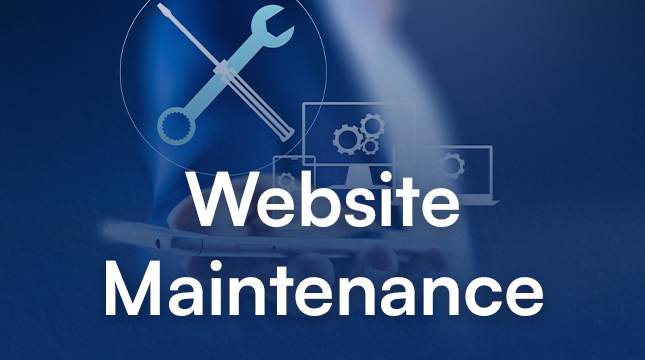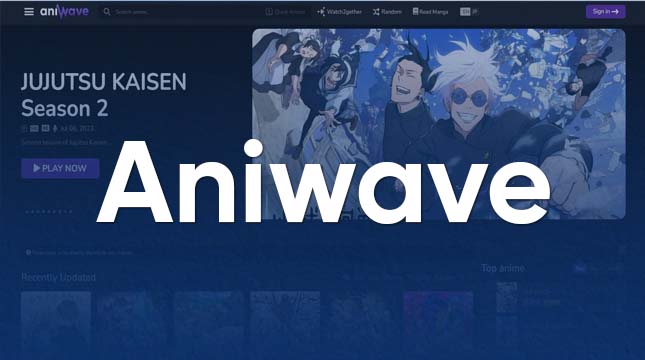This website uses cookies so that we can provide you with the best user experience possible. Cookie information is stored in your browser and performs functions such as recognising you when you return to our website and helping our team to understand which sections of the website you find most interesting and useful.
Website Maintenance Best Practices: The Essential Checklist for a Fast, Secure Site

Think of your website as your best brick-and-mortar outlet. They would cease to come in case you never swept the floor, changed broken lights, or changed your inventory. Your online shop is not an exception.
The quickest route to the following:
- Security breaches and malware infections.
- Slow loading times that frustrate visitors and tank your search visibility.
- Broken links and dysfunctional forms that cost you sales and leads.
If your site struggles with loading time, here’s how website performance optimization can dramatically improve speed and user experience.
Maintenance is not just a boring task of maintaining the site, but it is an important investment in the security and performance of your site and its future.
This guide provides a simple, structured plan based on frequency, making it easy for you to integrate these best practices into your routine.
I. Daily/Weekly Website Maintenance: The Security & Functionality Core
These tasks are your frontline defense against immediate threats and basic functional errors. They require minimal time but offer maximum assurance.
1. Run a Full Backup (The Insurance Policy)
This is the most critical task. A backup is your insurance policy against a hack, an update failure, or a catastrophic server error.
Best Practice “Never store the backup on the same server as the website itself, but in an off-site backup (such as Google Drive, Dropbox, or Amazon S3, etc.) solution.”
2. Monitor Uptime and Downtime
You can never correct a problem you are not aware of. Install a free utility (such as UptimeRobot or the monitoring of your hosting provider) to alert you in real-time in case your site has gone down. The sooner you act, the less the effect you have on your visitors and the better your search position.
3. Test Key User Flows
The core purpose of your website is usually to get a user to take action. Routinely test these key actions:
- Submit your Contact Form or lead generation form.
- Run a complete Checkout Process (if applicable).
- Test the Login functionality.
4. Check Security Logs and Clear Spam
One quick review of your security plugin logs would be to check the unusual activity or too many failed login attempts. With comments enabled, it can be useful to go through the queue in a very brief period by glancing over them to accept valid comments and reject the spam. Professionalism is represented by a clean comment section.
II. Monthly Website Maintenance: The Performance & Health Check
This phase focuses on deeper cleaning, optimization, and essential software management to keep your site running smoothly and securely.
1. Update Core Software, Plugins, and Themes
Software updates often contain crucial security patches and performance improvements. However, updating can sometimes cause conflicts.
Crucial Rule: Always run a full backup immediately before initiating any updates.
Install the updates of the themes, and the first thing to update is the core platform (e.g., WordPress, Joomla). Having updated, take a few minutes to skip through the site and see that everything appears and functions as it should.
2. Audit Broken Links (404 Errors)
Missing internal or external links will annoy the users and give a signal to search engines that there was negligence on their part. The list with 404 errors should be created with the help of a reputable link checker tool (or Google Search Console).
Action: Fix or redirect these broken links immediately to preserve user experience and link authority.
3. Optimize the Database
Over time, your site’s database accumulates digital clutter like post revisions, trashed comments, and temporary data. This bloat slows down page delivery.
Action: Use a dedicated database optimization feature to clean up this old data and keep the database lean.
4. Review Caching and Performance
Ensure your caching system is working correctly. Clear the cache completely and then run a speed test using a tool like GTmetrix or PageSpeed Insights. Review the suggestions to identify and address any new performance bottlenecks.
You can also explore tools that help boost website SEO and improve page performance at the same time.
III. Quarterly/Bi-Annual Audits: The Strategic Review
These major checkpoints are less about day-to-day function and more about ensuring your entire website strategy, design, and hosting environment are still fit for purpose.
1. Thorough Content and Media Cleanup
Your content gets stale. This is the time to review your messaging and files.
- Content: Identify and update outdated information (e.g., team pages, pricing, copyright dates). Delete or redirect irrelevant pages. Updating your blog regularly plays a big role in SEO. Here’s why blogging is important for website development.
- Media: Go through your media library and delete unused images, videos, and files. This reduces server clutter and makes backups smaller and faster.
2. Comprehensive User Experience (UX) and Design Test
Step away from your main computer and test the site as a brand-new user would:
- Test on multiple browsers (Chrome, Firefox, Safari) and devices (mobile, tablet).
- Review your main navigation structure: Is it still intuitive?
- Check for any design elements that look misaligned on mobile.
3. Hosting and Technology Assessment
Your business grows, and so should your hosting. Is your current environment keeping up?
- Hosting: Review your traffic statistics. If you’ve outgrown your current plan, consider an upgrade to maintain speed.
- Technology: Review all your installed plugins and themes. Delete any that are no longer supported, haven’t been updated in over a year, or are simply redundant. Less code equals less risk.
4. Major Security Reset
A deeper dive into access and credentials is required a couple of times a year.
- Passwords: Change all critical passwords, including your main admin account, hosting panel, and database credentials.
- User Roles: Review all user accounts and remove access for former employees or contractors. Ensure that existing users have the minimal permissions required for their roles.
Conclusion: Essential Tools & Automation
Website maintenance doesn’t have to be manual. The single biggest piece of advice is to automate everything possible.
- Backups: Use a dedicated plugin or your host’s tool to schedule automatic, daily, off-site backups.
- Security: Install a reputable security tool that automatically runs daily malware scans and monitors for unauthorized file changes.
- Monitoring: Use a free uptime monitor that alerts you via email or text when your site fails. You can track visitors easily with tools like Clustrmaps to monitor traffic sources and engagement.
Such minor, regular website maintenance averts disasters of an enormous scale and expense in the future. This checklist system is not merely a maintenance of a website, but a protection of an important part of your business.

Let's Start Your Project
Get free consultation for your digital product idea to turn it into reality!
Get Started






